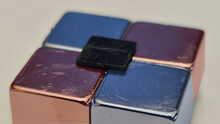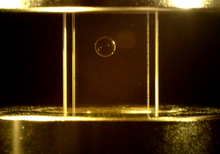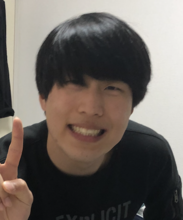量子マシンユニット(ジェイソン・トゥワムリー)
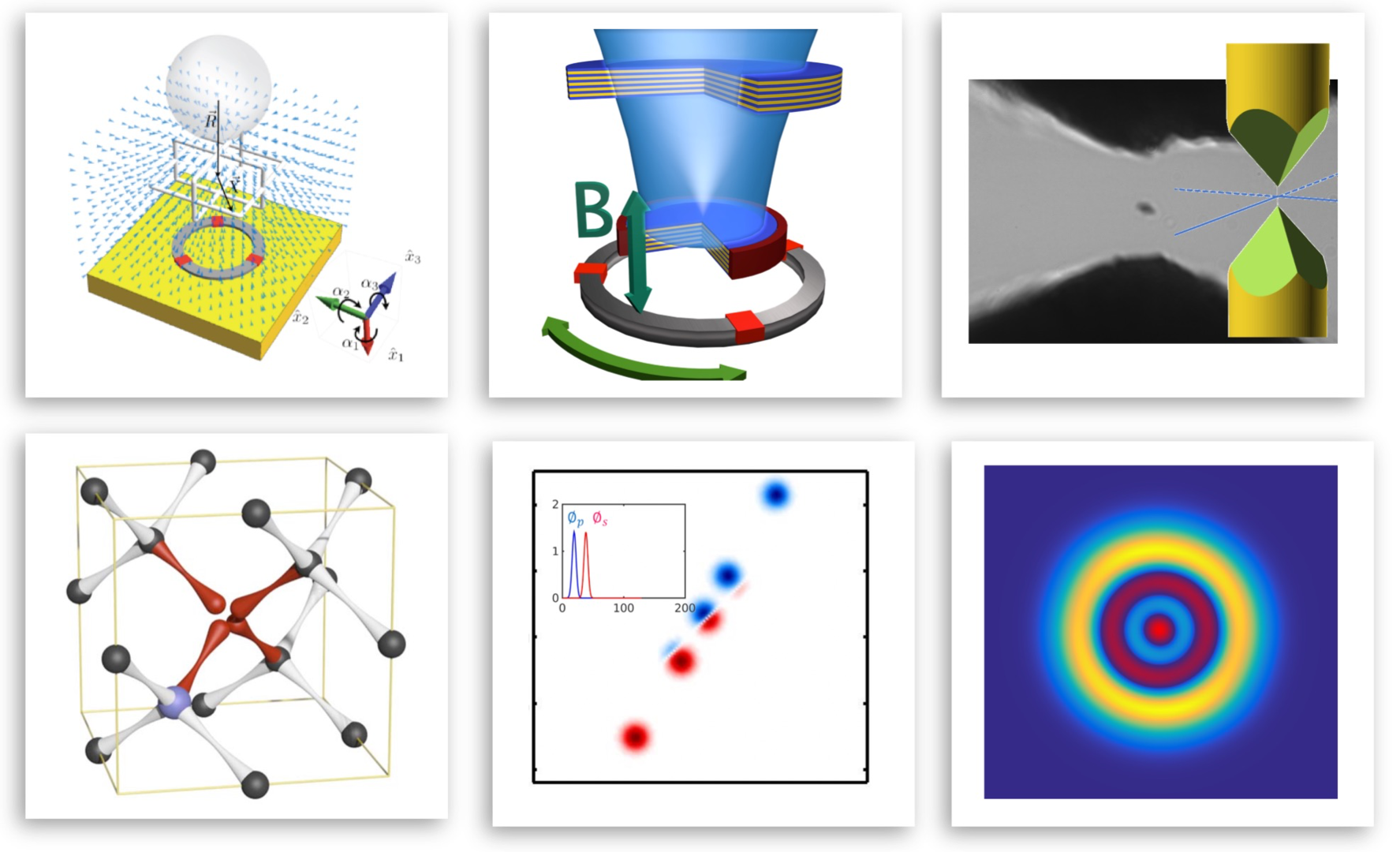
NEW WEBSITE: HERE
New Research Postdoc Posts Available: Click Here!
Quantum science and technology seeks to develop new types of applications based on the properties and dynamics of the quantum world. We already know that using quantum science there is the potential to build enormously faster computers – quantum computers, but there are many other potential applications ranging from ultra-precise quantum assisted sensors through to new types of simulators of complex quantum phenomena. Our understanding of the quantum realm and engineering it to our design is just beginning. As our facility at controlling the quantum improves we will invariably seek to build QUANTUM MACHINES, machines made from disparate quantum sub-systems, all working together to achieve a designed goal which no individual sub-system can achieve. Almost all machines made by humans are made up from interconnected parts, each doing their sub-function to enable the complete machine to achieve fantastically new abilities, e.g. cars, planes, computers. This unit seeks to understand how one can interconnect individual, sometimes very different, quantum systems – in order to achieve a new functionality not possible within each individual sub-system.
The potential range of quantum machines range from developing a quantum network – where flying quantum bits (photons), have to talk coherently with a static quantum sub-systems (trapped ions, superconductors, spins in solids), through to quantum sensors where various types of quantum systems enable the user to achieve unprecedented precision in performing e.g. inertial sensing, or magnetic field sensing. The Unit will work on developing theoretical designs for integrated quantum machines and in addition on experimental prototypes for quantum machines using magnetically levitated quantum materials.
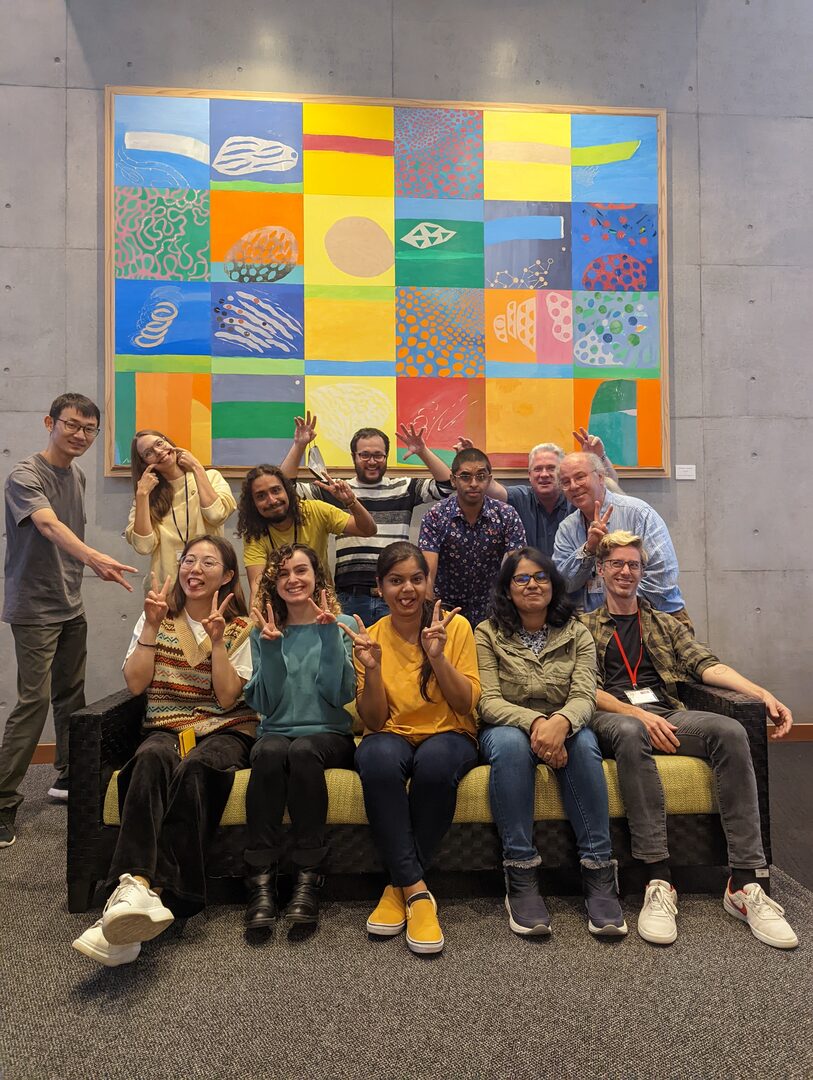
Latest Posts
-
Publication on new types of materials for magnetic levitation and feedback cooling!
Read about our latest experimental paper on developing new types of diamagnetic materials for levitated extreme sensors and the performance of real-time feedback cooling to reduce its motional temperature by three orders of magnitude. This is a step towards reaching the quantum motional regime of large objects.
-
Beautiful Science: Image of a floating liquid drop
Let's congratulate Dr Isha Sanskriti who took the above photo which has been accepted as a finalist in the OIST Scientific Image competition. Dr Sanskriti, who has a background in chemistry, experiments with the magnetic levitation of liquids. The pictured droplet just sits - beautifully - waiting to be admired both photographically and scientifically. Dr Sanskriti leads our experimental efforts to probe the wonderous properties of such levitated systems.
-
Welcome to new PhD Student Daehee Kim
Let's welcome Daehee Kim as a student in the Quantum Machines Unit. Daehee hails from the University of Hokkaido, Japan and has already spent many fun and productive months with the Unit as an Intern student doing both theory and experiment in magnetic levitation! Dahee will join OIST in April 2022 and the QM Unit through the Intern-PhD Pathway! Looking forward to levitating fun and interesting foods from Hokkaido!




